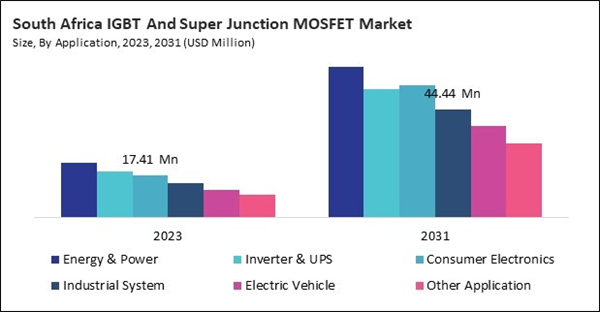Digital pens used with personal computers (PCs) enable users to interact with software applications that require pen input. These pens are typically used with touch screens or digitizing tablets that connect to the PC. The use of digital pens on PCs is common in fields like graphic design, digital illustration, and engineering, where precision and creativity are essential. Thus, the Brazil market is expected to utilize 317.4 thousand units of digital pen for PC by the year 2031.
In the healthcare industry, digital pens have been instrumental in improving the documentation process. Medical professionals use these pens to capture patient information, prescriptions, and handwritten notes, which are stored in electronic health records (EHR) systems. This enhances accuracy and efficiency and minimizes errors associated with manual data entry.
Additionally, digital pens help transcribe medical records, reducing the time spent on administrative tasks and allowing healthcare providers to focus more on patient care. The corporate sector has increasingly adopted digital pens in meetings, presentations, and document signing. These pens enable professionals to annotate documents, sign contracts, and mark up presentations in a digital format, improving workflow and document management.
The growing EdTech sector in Brazil and the rapid development of IoT and digital technologies in Saudi Arabia are two significant factors driving the expansion of the digital pen market in both countries. As educational technologies continue to evolve in Brazil and digital infrastructure advances in Saudi Arabia, the demand for innovative digital tools like digital pens is expected to increase across various industries, especially in education, business, and industrial applications.
List of Key Companies Profiled
- Apple Inc.
- Canon, Inc.
- Hewlett Packard Enterprise Company
- Samsung Electronics Co., Ltd. (Samsung Group)
- Microsoft Corporation
- Lenovo Group Limited
- Logitech International S.A.
- HP Inc.
- NeoLAB convergence Inc.
- Anoto Group AB
Market Report Segmentation
By Product (Volume, Thousand Units, USD Billion, 2020-2031)
- Handwriting Pen
- Scanning Pen
By Usage (Volume, Thousand Units, USD Billion, 2020-2031)
- Tablet
- PC
- Smartphone
By Compatibility (Volume, Thousand Units, USD Billion, 2020-2031)
- Android Devices
- iOS Devices
- Windows Devices
By Type (Volume, Thousand Units, USD Billion, 2020-2031)
- Active
- Passive
By End-user (Volume, Thousand Units, USD Billion, 2020-2031)
- Healthcare
- Media & Entertainment
- Retail
- BFSI
- Government
- Education
- Other End-user
By Country (Volume, Thousand Units, USD Billion, 2020-2031)
- Brazil
- Argentina
- UAE
- Saudi Arabia
- South Africa
- Nigeria
- Rest of LAMEA
Table of Contents
Companies Mentioned
- Apple Inc.
- Canon, Inc.
- Hewlett Packard Enterprise Company
- Samsung Electronics Co., Ltd. (Samsung Group)
- Microsoft Corporation
- Lenovo Group Limited
- Logitech International S.A.
- HP Inc.
- NeoLAB convergence Inc.
- Anoto Group AB
Methodology

LOADING...









